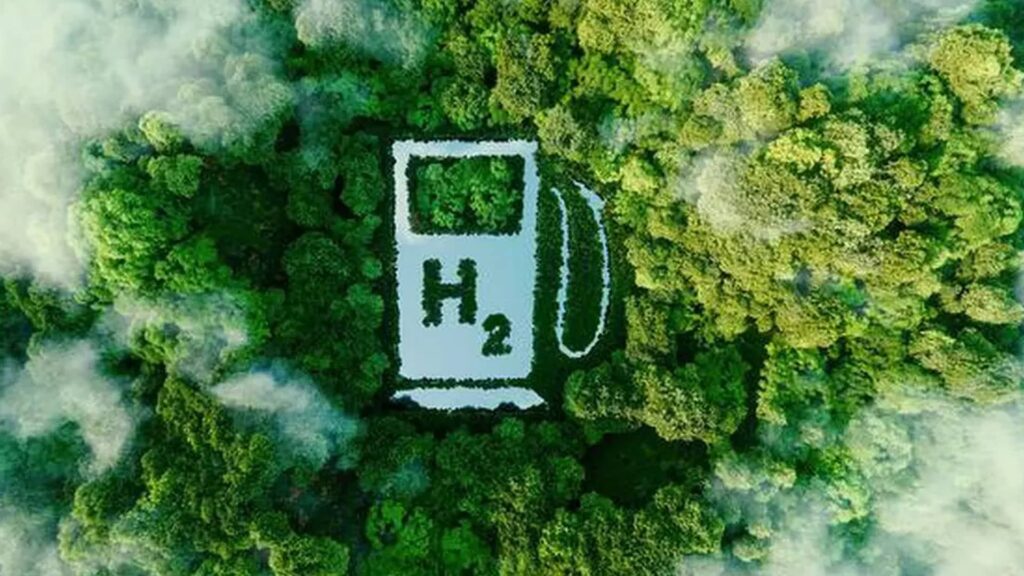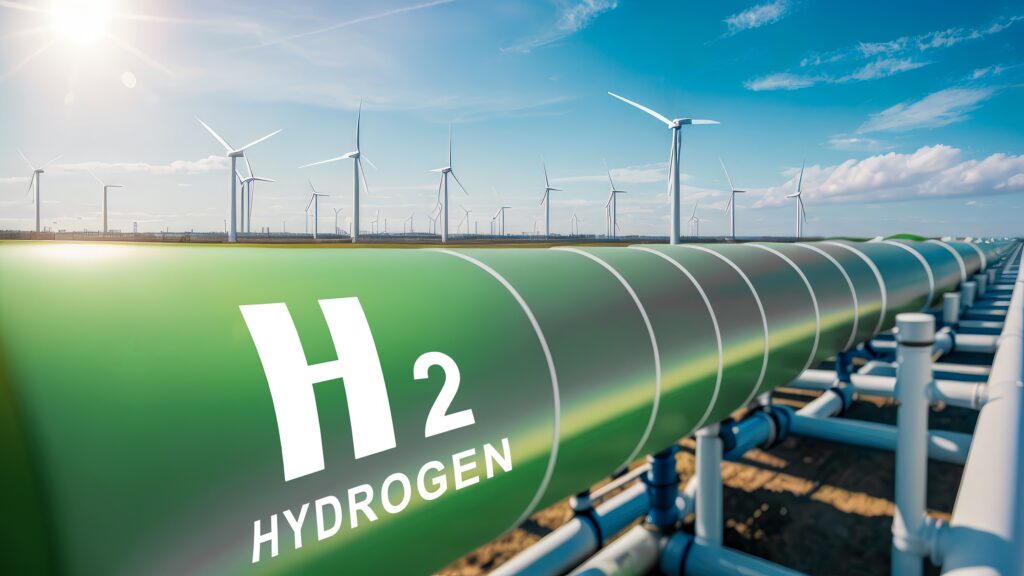In the shimmering heat of Oman’s desert, a quiet revolution is underway. Far from the towering rigs of its oilfields and the traditional souks of Mutrah, the Sultanate is preparing to export a new kind of energy, one not pumped from beneath the earth, but drawn from its sunlit skies and restless winds.
Oman is betting big on green hydrogen, and its ambitions are rapidly turning heads across the global energy sector.
As the world scrambles to meet ambitious climate targets and transition away from fossil fuels, green hydrogen, produced using renewable electricity and water, has emerged as a key piece of the decarbonisation puzzle. And few countries are better positioned to produce it at scale than Oman.
With abundant solar radiation, expansive wind corridors, deep-water ports, and a strategically central location between Europe, Asia, and Africa, Oman offers a rare combination of natural advantage and logistical readiness. But more importantly, it has a plan and it’s already putting it into action.
At a time when energy independence translates into geopolitical capital, Oman is seizing green hydrogen not simply as a sustainable alternative, but as a national transformation strategy. Guided by Vision 2040 and an aggressive National Energy Strategy, the country aims to derive 30% of its electricity from renewables by 2030. That’s just the beginning.
Enter Hydrogen Oman (Hydrom)—the national body established in 2022 to fast-track the hydrogen economy. Hydrom coordinates everything from land auctions and licensing to investor partnerships and infrastructure planning. By early 2024, it had inked six landmark agreements with global energy giants, including BP, ACME, Uniper-DEME, Marubeni-Samsung, and Green Energy Oman, centred around the burgeoning hubs of Duqm and Salalah.
Together, these projects represent nearly 15 GW of planned renewable capacity, enough to generate over 700,000 tonnes of green hydrogen annually, and draw a staggering $20 billion in foreign investment.
From Germany’s €9 billion hydrogen strategy to Australia’s mega-scale Western Renewable Energy Hub, the global race for green hydrogen dominance is heating up. In the Gulf, heavyweights like the UAE and Saudi Arabia are making aggressive moves, Saudi’s $8.4 billion NEOM project, for instance, is expected to export 1.2 million tonnes of green ammonia by 2026.
Yet, Oman is quietly outpacing its regional rivals. Analysts project the Sultanate will command 60% of the Middle East’s green hydrogen exports by 2030, thanks to its first-mover advantage and coherent policy execution.
The environmental promise of green hydrogen is well known, it’s clean, emission-free at the point of use, and capable of decarbonising “hard-to-abate” sectors like steel, aviation, maritime shipping, heavy road transport, fertilisers, and long-duration energy storage.
But for Oman, the hydrogen economy is also a hedge against oil decline, a diversification pathway that promises long-term revenue stability, technological leadership, and job creation. Government estimates suggest the sector could generate 70,000 high-skilled jobs by 2050, including 17,000 in leadership and technical roles.
Several flagship initiatives are already in motion:
- Hyport Duqm: A partnership between Oman’s state energy firm OQ, Germany’s Uniper, and DEME Group, this project will deploy 1.3 GW of solar and wind to power a 500 MW electrolyser, producing 60,000 tonnes of green hydrogen annually, convertible into 330,000 tonnes of green ammonia. Phase one is scheduled for completion in 2026.
- ACME Duqm Project: Backed by Indian renewables giant ACME, this $3.5 billion facility will use 3 GW of solar and 500 MW of wind to generate up to 900,000 tonnes of green ammonia each year.
- Salalah Hydrogen Cluster: Multiple consortia, including EDF, JPower, Yamna, ACTIS, and Fortescue, plan to deploy between 4 and 4.5 GW of renewables to produce up to 200,000 tonnes of green hydrogen annually, with a focus on exporting to Asia and Europe.

These aren’t just energy project, they’re economic engines set to redefine Oman’s international profile and fortify its role in the global green supply chain.
Oman’s advantage doesn’t stop at resources. What truly distinguishes it is a coordinated, investor-friendly framework that avoids the bureaucratic bottlenecks common in other emerging hydrogen markets. Hydrom’s centralised oversight, coupled with special economic zones in Duqm and Salalah, allows for seamless infrastructure integration and policy alignment.
This puts Oman’s model on par with, or even ahead of, other global frontrunners like Saudi Arabia’s NEOM or Australia’s Pilbara region, where regulatory fragmentation has posed challenges.
The result? A hydrogen strategy that is no longer theoretical. It is in motion. And it is delivering.
Oman’s timing couldn’t be better. With more than 50 countries now setting hydrogen targets as part of their net-zero strategies, and with demand projected to surge more than sixfold by 2050, the window to shape supply chains, standards, and trade routes is narrowing.
Green hydrogen is more than just a cleaner energy source, it’s a strategic asset. It can store surplus renewables, power emission-free transport, and replace fossil fuels in global shipping lanes. For Oman, with its control over key maritime corridors and ports positioned on the Indian Ocean, this could translate into global trade influence well beyond energy exports.
Green hydrogen is often described as the “missing link” in the energy transition. For Oman, it may prove to be the defining link, one that connects its past as an oil exporter to a future as a sustainable innovation hub, geopolitical player, and climate leader.
As other nations grapple with fragmented infrastructure, slow-moving policy, and competitive bottlenecks, Oman is executing a bold, integrated, and timely strategy. The eyes of the energy world are watching and for good reason.
What began as a policy vision is becoming a global benchmark.



